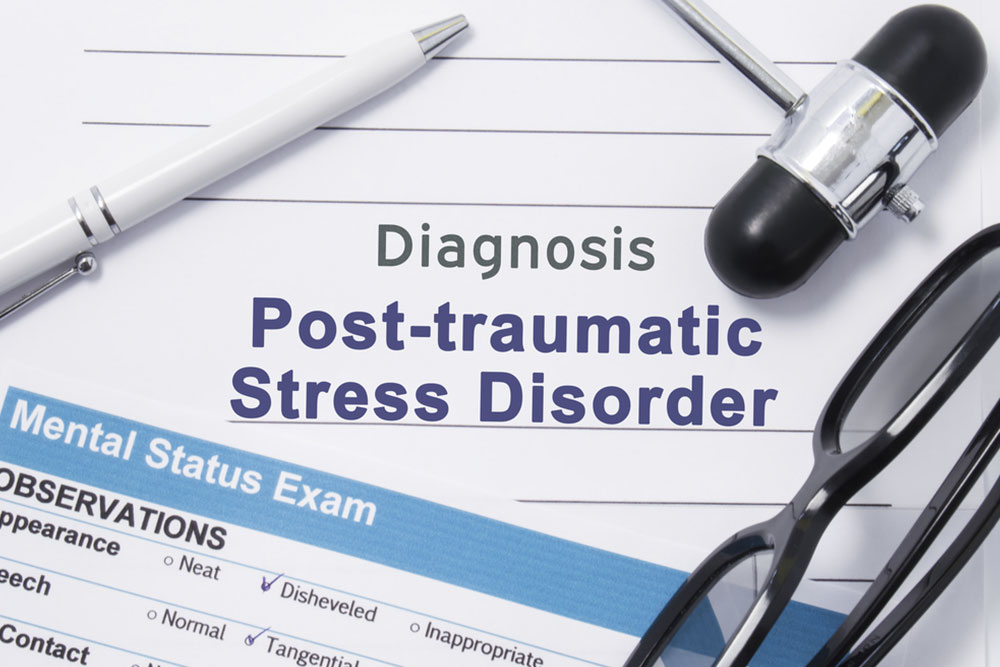Essential Insights into PTSD Screening and Diagnosis
Discover comprehensive insights into PTSD, including symptoms, assessment methods, and the importance of early diagnosis. Learn about different testing tools and the distinctions between standard and complex PTSD. Professional evaluation is essential for accurate diagnosis and timely treatment, helping individuals manage trauma-related mental health issues effectively.

Essential Insights into PTSD Screening and Diagnosis
Post-Traumatic Stress Disorder (PTSD) is a mental health condition triggered by experiencing traumatic or distressing events. These can include accidents or assaults. Survivors often feel stunned, disoriented, and encounter intense feelings like fear, sadness, or anger. Around 13 million individuals are estimated to have PTSD, but many remain unaware of its signs and the significance of early testing for effective treatment. Recognizing symptoms early through PTSD assessments is crucial for proper diagnosis and intervention.
Understanding PTSD
PTSD is a persistent stress disorder that, if left untreated, can become chronic and long-lasting.
Trauma impacts individuals differently; some experience a single traumatic episode, while others face repeated or prolonged trauma over time. The likelihood of developing PTSD depends on the trauma's nature and severity. The most effective approach is to undergo a PTSD screening—either self-administered online or through a healthcare professional—to identify underlying issues and begin treatment promptly. Professional evaluation ensures accurate diagnosis and tailored care.
PTSD assessment methods include online self-tests and professional evaluations. It's critical to consult qualified mental health experts for precise diagnosis.
Davidson Trauma Scale (DTS)
This self-assessment tool uses a four-point scale called SPAN to evaluate symptoms like startle response, physiological arousal, anger, and emotional numbness, with 17 items measuring symptom severity.
Short PTSD Rating Interview (SPRINT)
Designed for early detection, SPRINT examines eight core PTSD symptoms, allowing individuals to rate their severity on a five-point scale.
Distinguishing between Standard and Complex PTSD
While trauma generally impacts mental health, two PTSD types exist—standard and complex. Both share symptoms like nightmares and avoidance, but their origins differ. Complex PTSD results from ongoing or repeated trauma, such as childhood abuse or domestic violence, often leading to impulsivity, mood swings, and self-harm. Standard PTSD usually arises from a singular traumatic incident.
Diagnosing complex PTSD involves clinical criteria from the DSM-5 manual, focusing on four categories of symptoms:
Re-experiencing - involuntary memories, distressing dreams, and flashbacks reliving the trauma
Avoidance - steering clear of places or situations linked to traumatic memories
Cognitive and mood alterations - difficulty recalling aspects of trauma and distorted self-beliefs
Reactivity changes - irritability, anger outbursts, and impulsive behaviors
Early consultation with healthcare professionals aids in managing and preventing worsening of symptoms.
Professional PTSD EvaluationTo confirm a diagnosis, individuals should consult medical experts who perform thorough assessments. Initially, a primary care physician can screen, with subsequent referrals to mental health specialists. Common diagnostic tools include:
Clinician-Administered PTSD Scale (CAPS-5)
This comprehensive interview with 30 questions assesses symptom severity, duration, and impact on daily life, providing a definitive diagnosis.
Trauma Outcome and Post-Traumatic Stress Scale (TOP-8)
This scale evaluates core symptoms like avoidance and re-experiencing through eight targeted questions based on DSM-5 criteria.
PTSD Symptom Scale (PSS-I)
Featuring 17 items (and extended versions with 24), it evaluates individual symptoms and how they interfere with daily functioning.
PTSD can develop following traumatic events, manifesting as prolonged stress responses that, if overlooked, may lead to severe consequences. Early detection and professional help are vital for effective recovery and management.










